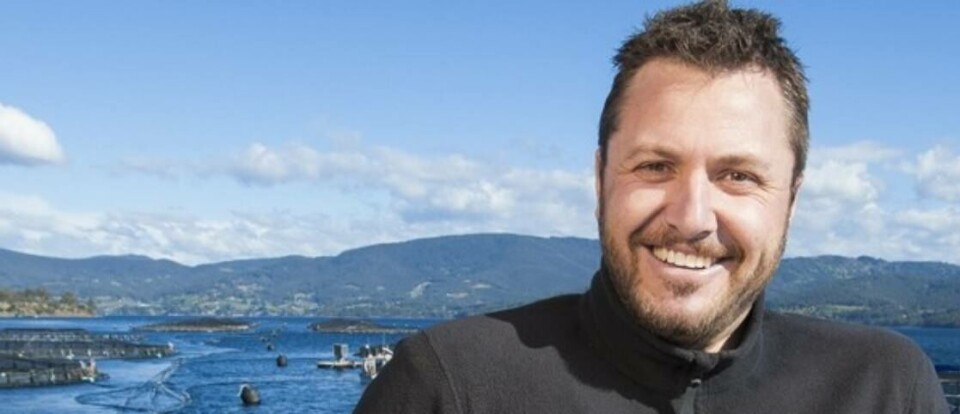
Mort pit plan sparks row in Tasmania
Plans for pit capable of storing up to 4,000 tonnes of dead fish have caused a row in Tasmania after the local mayor accused salmon farmers of lying about having the council’s support.
According to the ABC News website, the chief executive of the Tasmanian Salmonid Growers Association (TSGA) conceded he was “picking up on the feeling from the council that the relationship has been stretched” and said the pit was one of a “range” of options.
The TSGA has submitted a Notice of Intent to the Environment Protection Authority (EPA) to build a temporary “mort holding facility” at the Aquaculture Hub just outside of Strahan, on Tasmania's west coast.
Last year the EPA advised the salmon industry to plan for the event of a major fish kill similar to when 270 tonnes of fish died in 2015.
Holding facility
The proposed temporary holding facility would be used in an emergency to store dead fish while arrangements are made for their disposal.
Preparation work has already begun at the site to build the holding facility, reported ABC.
The West Coast Council said the TSGA lied about having the council’s “strong support”.
Effective management plan
In an open letter to the EPA, West Coast mayor Phil Vickers said the claims by the TSGA were disappointing.
He wrote that in his opinion, the statement by the TSGA that it had “worked closely with the West Coast Council” which it described as being “extremely supportive of the project, to ensure local community interests and concerns are understood and considered” could “only be described as false”.
The TSGA said in a statement that industry stakeholders were working with the council on an effective waste management plan.
Between October 2017 and May 2018, 1.35 million salmon died in Macquarie Harbour. On one occasion, Petuna – one of Tasmania’s big three salmon farmers, along with Tassal and Huon - lost 55,000 fish in a day.
The sudden spike in fish deaths, combined with pressure on the state's waste management system during a fruit fly crisis, led the EPA to approve emergency measures for 20,000 fish to be buried in a landfill site on the West Coast rather than disposed of through the standard waste management.
Vickers said he understood the EPA’s reasons for granting that approval but said it was the result of an ad hoc approach to environmental planning.
Rebuilding relationships
“Council is calling on the industry and EPA to stop entertaining piecemeal approaches to waste activities that have the potential to cause serious harm to our environment and to affect the community,” he said.
TSGA chief executive Adam Main told ABC the organisation would work on rebuilding relationships with the local council.
“I am picking up on the feeling from the council that the relationship has been stretched,” Main said.
“I can see there is an opportunity for the TSGA to reconnect with the council.”
Due diligence
He said the TSGA was communicating with the West Coast Community Forum but conceded that information had not reached local councillors.
Main said the pit was just one of a number options being considered by the TSGA to respond to mass fish mortalities.
“There are a range of options we can look at for utilising fish if they do die.
“It's something we don't expect to have to deal with, but it is due diligence for the industry to ensure we have the right mechanisms in place to ensure we can deal with it well.”























































